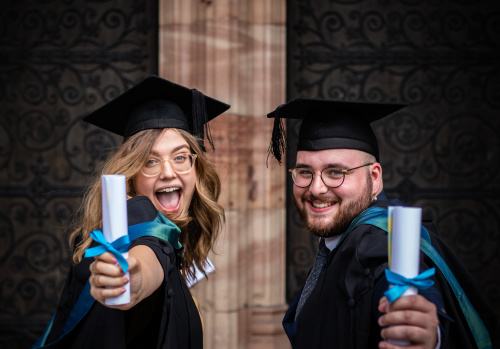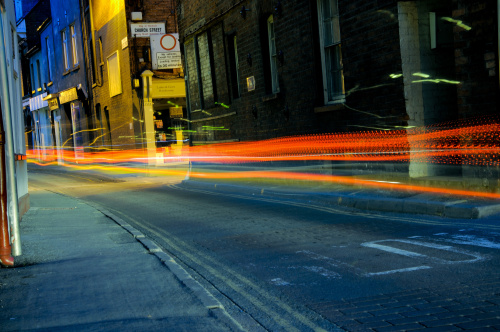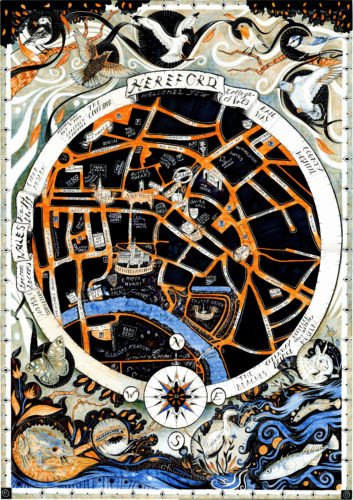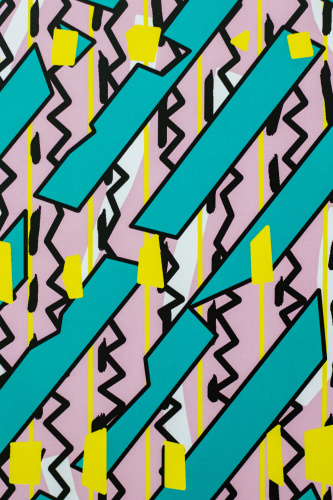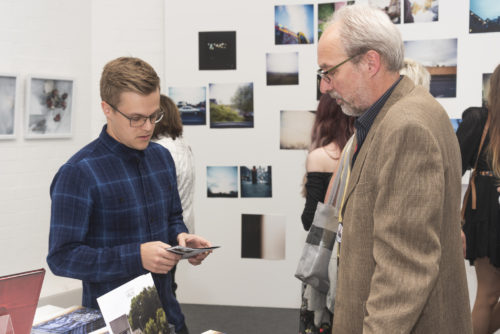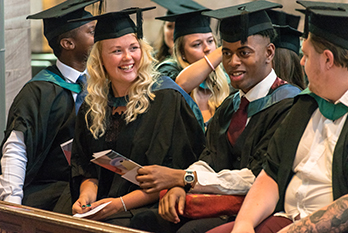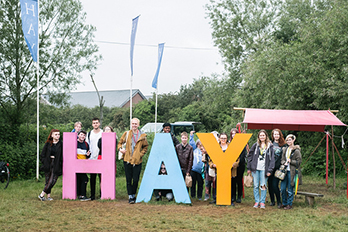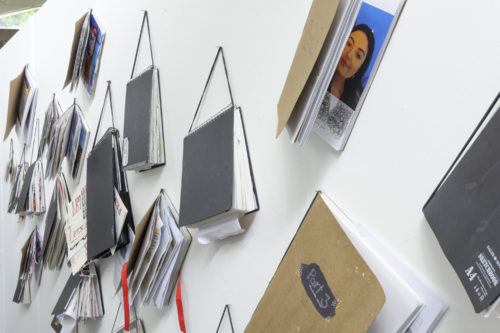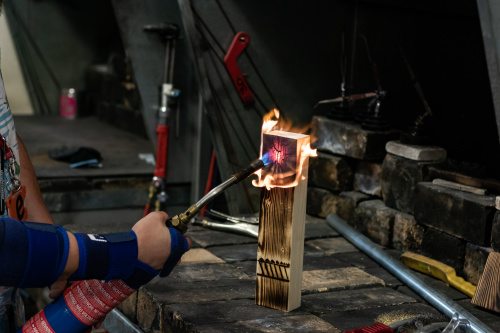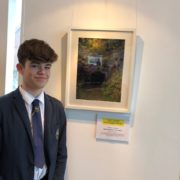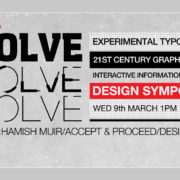Big Pit: Field Trip
Published on 10.03.16
Just last week, a minibus full of first year Blacksmiths braved the sleet and driving rain to visit Big Pit. Big Pit is just an hour’s drive from Hereford and it’s an extraordinary mining museum. This trip was part of our introduction to the Design Methodologies module- a field trip to illustrate both where ideas
Categories
Just last week, a minibus full of first year Blacksmiths braved the sleet and driving rain to visit Big Pit. Big Pit is just an hour’s drive from Hereford and it’s an extraordinary mining museum.
This trip was part of our introduction to the Design Methodologies module- a field trip to illustrate both where ideas come from and also how there are so many possibilities and potential ways of researching and generating ideas, from visiting one place, from one starting point.
We had a great day. One of the really special things about Big Pit is that all of the tour guides are ex-miners themselves and as a result are full of knowledge and have loads of stories to tell from first hand experiences. From working in two foot coal seams in Six Bells Colliery, through to remembering the annual two week break, when, as boys, they chased pit ponies round and round hillside fields, and then of course there are the canaries and how they were used after a fire to check out the levels of carbon monoxide in the mine. They also shared their own individual and strongly held beliefs about the miners’ strike and how their communities had both been destroyed and rebuilt.
Some students responded and loved the narratives and stories told; other students were frenetically photographing large cogs, stretches of forged chain, abandoned power hammers, peeling paint and rusted textural surfaces.
There was truly something for everybody to be inspired by, and as a field trip it so aptly and accurately delivered the message we were trying to demonstrate as academics.
Now the students’ job in this module is to identify somewhere or something that really inspires them, and use both primary and secondary sources, observation, drawing and photography to thoroughly and rigorously research and then use this to generate ideas for a body of work.
Del



